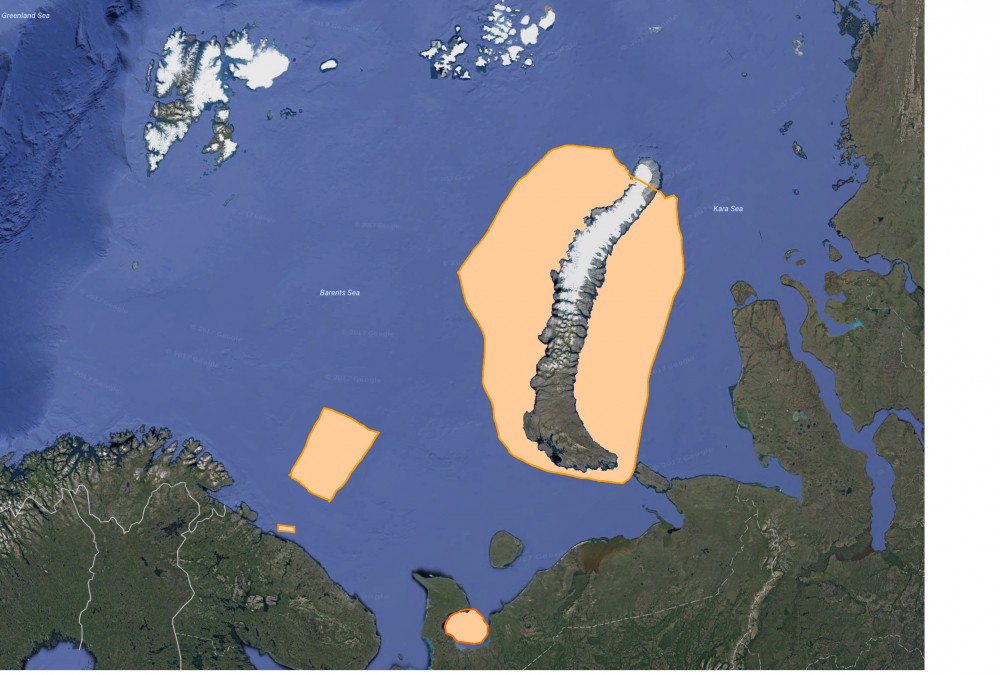The world s coldest seas are the kara laptev beaufort barents greenland and east siberian seas located near the north pole and weddell and ross seas near the south pole

The World’s Coldest Seas: Kara, Laptev, Beaufort, Barents, Greenland, East Siberian, Weddell, and Ross Seas

The world is home to vast and diverse bodies of water, with each sea having its unique characteristics. Among these, the coldest seas can be found near the North and South Poles. These icy waters include the Kara Sea, Laptev Sea, Beaufort Sea, Barents Sea, Greenland Sea, East Siberian Sea, Weddell Sea, and Ross Sea.
Kara Sea
The Kara Sea is located just north of Siberia, bordered by the Novaya Zemlya Islands, and stretches towards the Arctic Ocean. It is known for its extreme cold temperatures, sea ice coverage, and strong winds. The sea is an essential part of the Northern Sea Route, a shipping route that connects Europe and Asia.
Laptev Sea
Situated between the Kara Sea and the East Siberian Sea, the Laptev Sea experiences extremely cold winters. The sea is ice-covered for most of the year, making it challenging for navigation and maritime activities. Despite the harsh conditions, the Laptev Sea is vital for the formation of Arctic ice, which plays a crucial role in the global climate system.
Beaufort Sea
The Beaufort Sea is located north of Alaska and Canada and is one of the coldest seas in the world. Known for its vast ice pack, the sea is home to diverse species such as polar bears, seals, and whales. The Beaufort Sea is also significant for its role in oil and gas exploration, as well as scientific research in the Arctic region.
Barents Sea

Stretching between Norway’s Svalbard archipelago and Russia’s Kola Peninsula, the Barents Sea is renowned for its cold, harsh climate. Despite its challenging conditions, the sea supports a rich ecosystem with numerous fish species, making it essential for commercial fishing activities. The Barents Sea is also of strategic importance for the neighboring countries due to its oil and gas resources.
Greenland Sea
To the east of Greenland lies the Greenland Sea, characterized by its freezing temperatures and heavy ice coverage. The sea is closely linked to the Arctic Ocean and plays a vital role in the exchange of cold water and sea ice. It is home to various marine organisms, including fish, seals, and seabirds. The Greenland Sea is also an arena for scientific studies on climate change and oceanography.
East Siberian Sea
Bordering the northern coast of Siberia, the East Siberian Sea is a shallow and largely ice-covered sea. It is an essential pathway for transporting Russian commodities to other countries through the Northern Sea Route. The sea is notable for its vast methane deposits trapped in the permafrost, making it significant for climate research and energy exploration.
Weddell Sea
Moving towards the South Pole, we encounter the Weddell Sea, located east of the Antarctic Peninsula. The sea is famous for its extreme cold and extensive ice shelves, including the renowned Weddell Sea’s Antarctic Ice Sheet. It is home to various wildlife, such as penguins, seals, and whales. Scientific expeditions and research stations operate in the area to study the Antarctic ecosystem and its impact on global climate patterns.
Ross Sea
Near the Ross Ice Shelf in Antarctica lies the Ross Sea, one of the coldest and most pristine seas on Earth. It is known for its vast ice cover and unique ecosystems, providing habitat for numerous marine species, including orcas, penguins, and seals. The Ross Sea is also considered one of the last relatively untouched marine environments, leading to its designation as a Marine Protected Area.
These frigid waters of the Kara, Laptev, Beaufort, Barents, Greenland, East Siberian, Weddell, and Ross Seas play vital roles in climate regulation, marine biodiversity, and scientific research. Understanding and preserving these ecosystems is crucial for maintaining the delicate balance of our planet’s overall climate system.
Source: Library of Congress - Everyday Mysteries
Tags
Share
Table Of Contents
Related Posts
Quick Links
Legal Stuff

